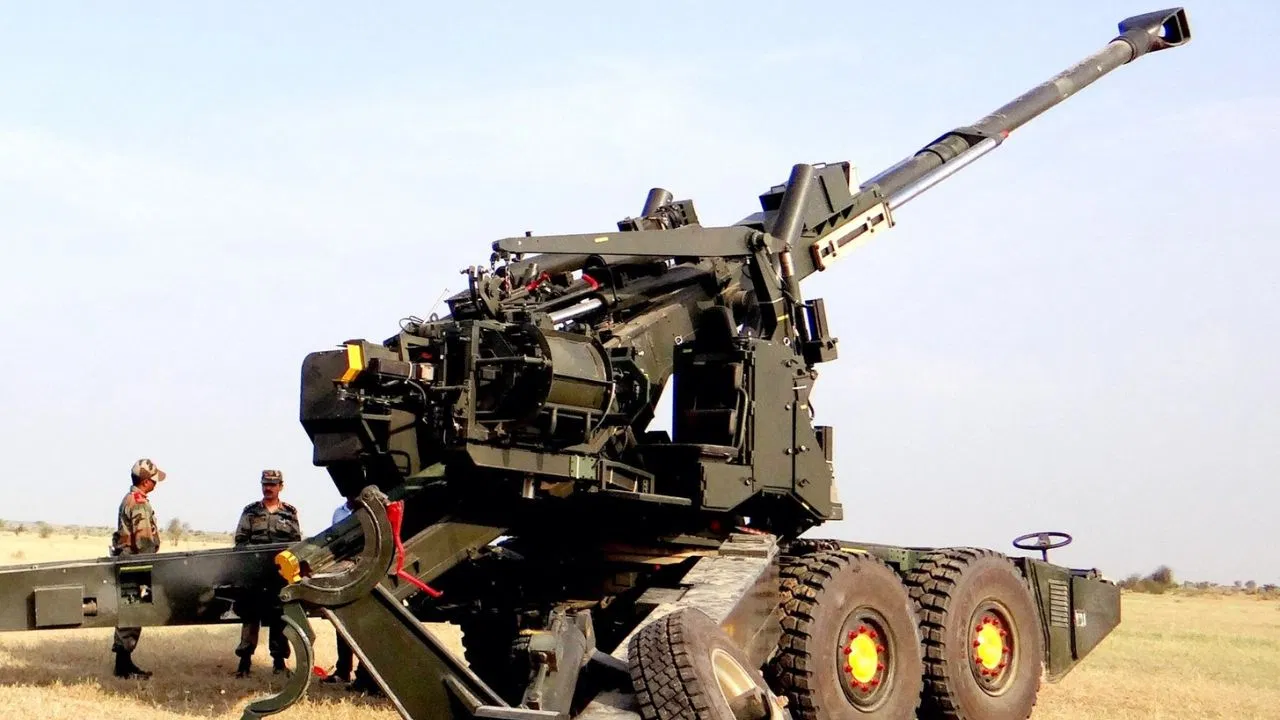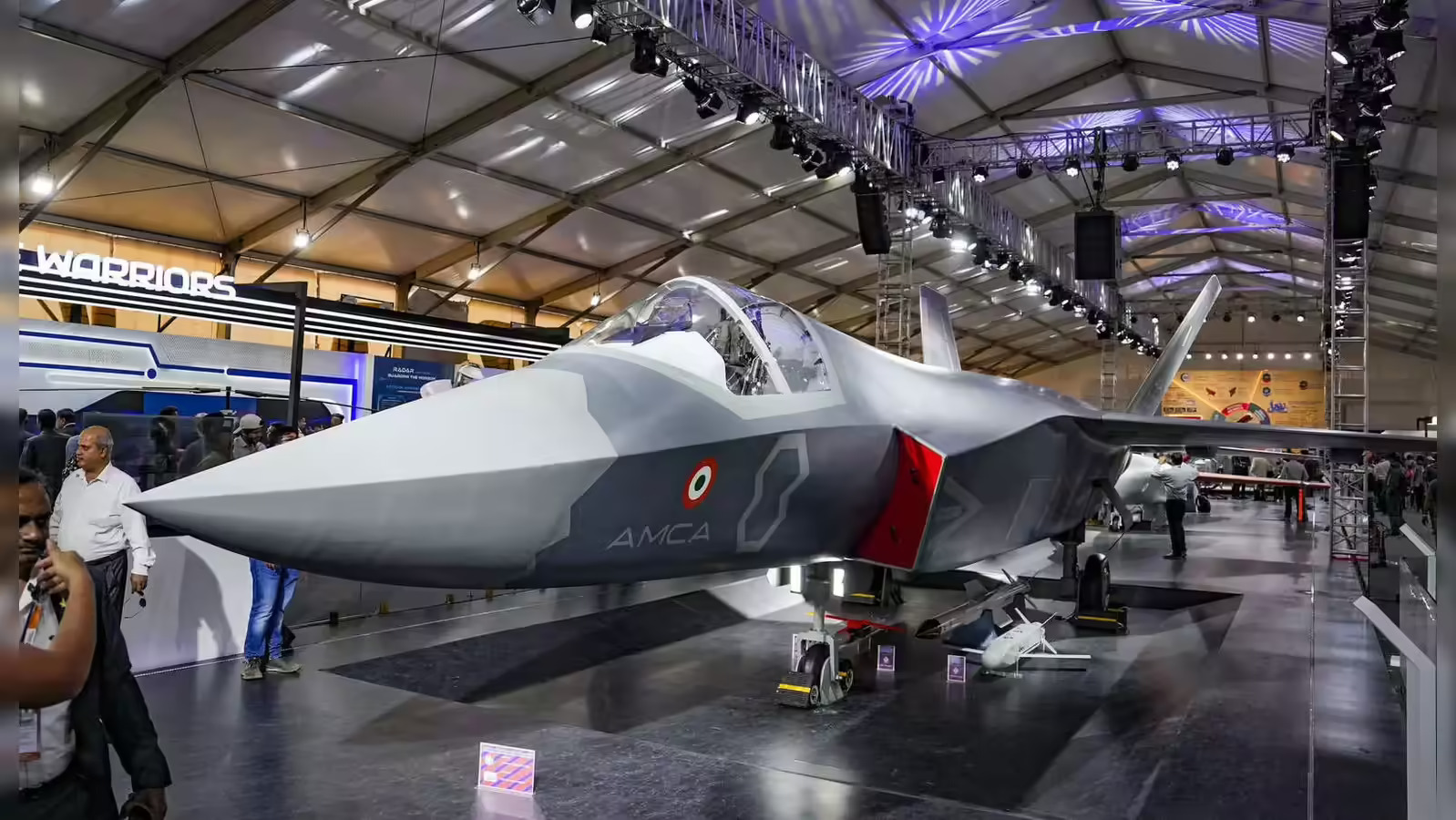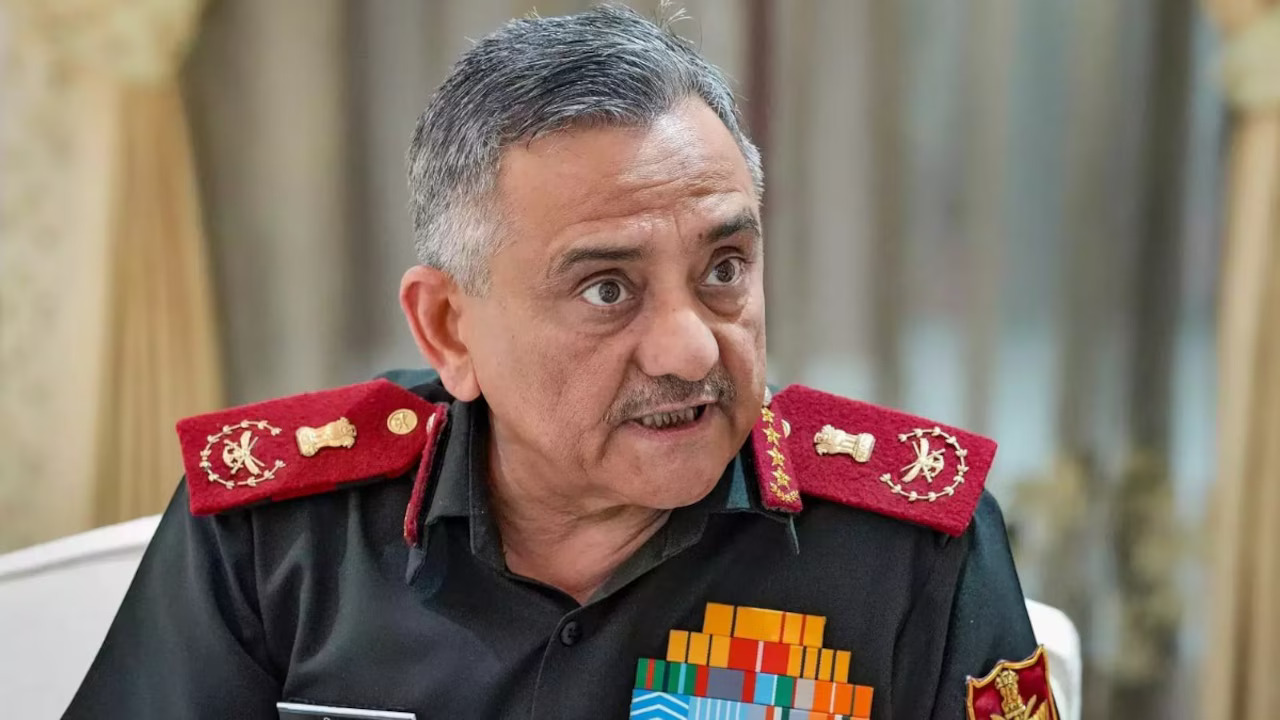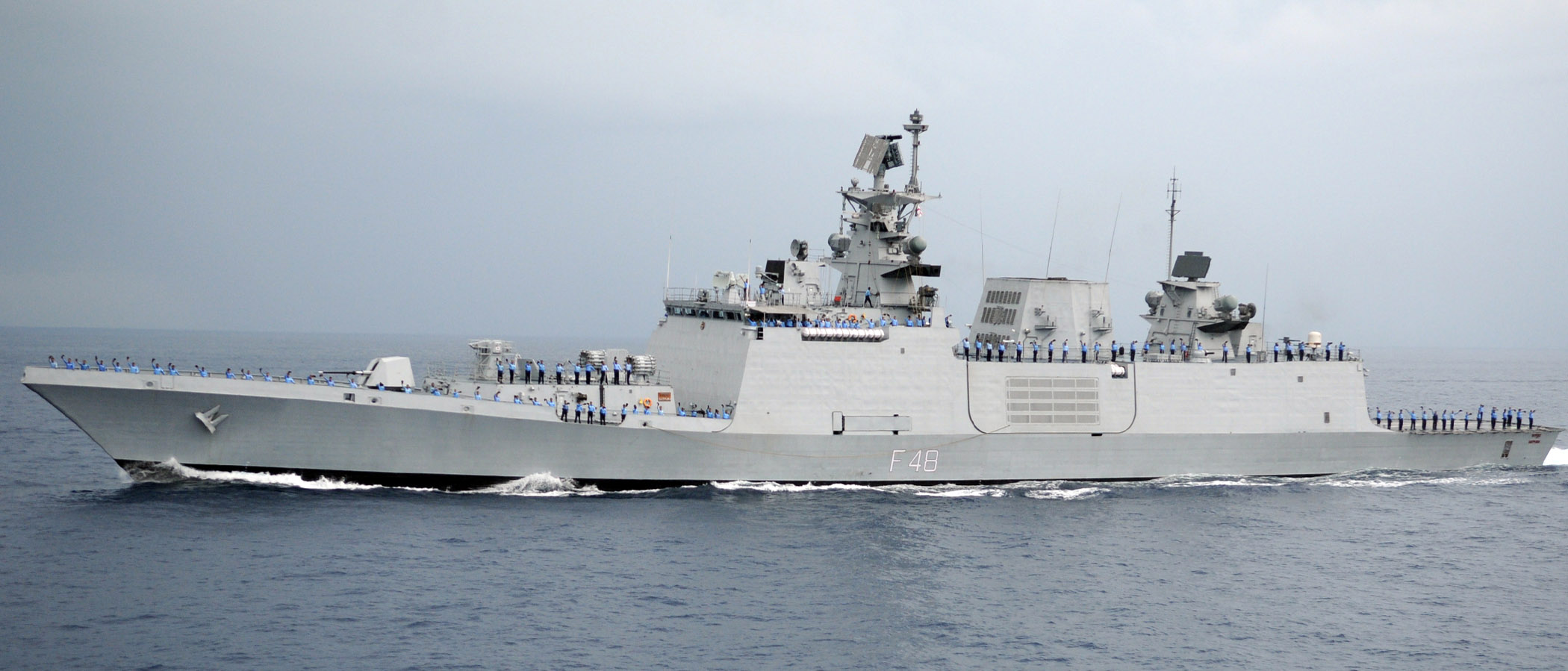INS Surat’s Combat Debut: Stealth Destroyer Played Key Role in Operation Sindoor
As reported by IDRW, INS Surat, India’s most advanced stealth-guided missile destroyer, played a pivotal role during the high-stakes Operation…
Indian Army to Induct Indigenous ATAGS Artillery System by February 2027
The Indian Army is set to significantly boost its long-range firepower with the induction of the indigenous Advanced Towed Artillery…
India Set to Award AMCA 5th-Gen Stealth Fighter Contract Within 6 Months, Confirms Defence Secretary
India’s 5th-generation fighter jet ambitions are gathering momentum as Defence Secretary Rajesh Kumar Singh confirmed that the development contract for…
Pakistan-Based Terror Groups Use Sham Non-Profits for Fundraising, Says FATF
The Financial Action Task Force (FATF), the global watchdog on money laundering and terror financing, has revealed that Pakistan-based terrorist…
CDS Gen Anil Chauhan Warns of China-Pakistan-Bangladesh Axis Threatening India’s Security
Chief of Defence Staff (CDS) General Anil Chauhan has raised concerns over a potential strategic convergence among China, Pakistan, and…
Indian Navy Set to Induct Six Indigenous Stealth Frigates to Bolster Indian Ocean Power
The Indian Navy is poised to significantly enhance its capabilities in the Indian Ocean Region (IOR) with the induction of…






